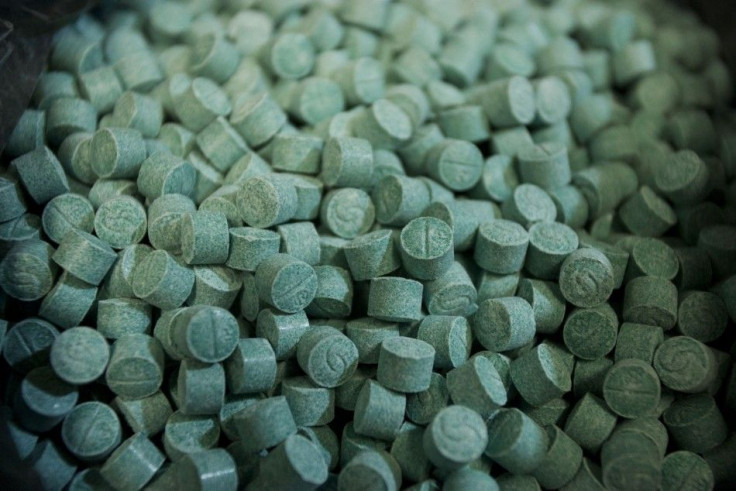Madonna's 'Molly' Remarks at Ultra: What Is Molly and What Does It Do?

This past weekend at Miami's Ultra Music Festival, Madonna asked the audience, How many people in the crowd have seen Molly?
The question caused an uproar from many big names in the electronic dance music industry, including DJ and producer Deadmau5.
On Monday, during a Madonna Twitter Q&A session with her fans, Deadmau5 joined in the conversation, writing, @MadonnaMDNAday You're a role model to 100's of millions. You have a powerful voice, EDM could use your positive influence, not 'Molly' talk.
Molly is the nickname for MDMA -- a drug, similar to methamphetamine that is popular among the electronic dance music scene.
MDMA's stimulant properties are what help people stay awake and dance for long periods of time, according to Steven Grant of the Clinical Neuroscience Branch at the National Institute on Drug Abuse (NIDA).
MDMA -- which is more popularly known as ecstasy, when referring to its street pill form -- is a drug that can induce euphoria or a sense of intimacy with others. But what kids don't know about the drug is what might end up hurting them the most.
Actual analyses of MDMA pills often show that the pills (or powder for Molly) contain other drugs besides MDMA, or may not contain any MDMA at all. The fact that what is in the pill or powder is really unknown, is one of the major risks of taking ecstasy or Molly, Grant says.
As Molly is a stimulant, its effects on the body can vary. While some users report dryness of mouth, jaw clenching, teeth grinding, nystagmus (eye wiggles), sweating, or nausea, others report feelings of profound physical relaxation. But according to doctors, people who ingest the drug are often unaware of the effects that it has on their brains.
Effects on the brain include increased arousal, euphoria altered perception, emotional reactivity, and judgment/decision-making. As a result of this, many people experience a 'crash' (Tuesday blues) one to three days after taking MDMA, explains Grant.
The most common setting for experiencing Molly is at a rave -- a type of dance party associated with particular sub-cultures in electronic dance music. The feeling of unity and shared ecstatic joy at a successful rave can be overwhelmingly pleasing. Some ravers regard this as spiritual or religious practice.
MDMA alters perception and emotional judgment, which people interpret as increasing their sociability and empathy as well as tactile sensation, although this might not be technically accurate, adds Grant.
Laboratory studies have found that MDMA effects diminish after about two to four hours. However, as effects on the brain start to diminish, people will often take another dose to prolong the effects (this is known as bumping), according to the MDMA information page on the NIDA website.
Paradoxically, the second dose tends to increase the occurrence of undesired effects such as cardiovascular stress whereas there is tolerance (decreased effect) to the desired brain/psychological effects, Grant says.
A normal dose of MDMA for one person ranges from 80-160 milligrams. Any more than that and the results could be deadly.
We don't know about Molly specifically, but there have been reports of deaths associated with MDMA use, mainly from cardiovascular collapse, dehydration, and heat exhaustion, Grant says.
In 2009, an estimated 760,000 people in the United States aged 12 or older used MDMA in the month prior, according to a NIDA survey.
While lifetime use increased significantly among individuals aged 12 years or older, from 4.3 percent (10.2 million) in 2002 to 5.7 percent (14.2 million) in 2009, past year use of ecstasy decreased from 1.3 percent to 1.1 percent during the same period, NIDA found.
Approximately 1.1 million Americans used ecstasy for the first time in 2009 -- a significant increase from the 894,000 first-time users reported in 2008.
© Copyright IBTimes 2024. All rights reserved.






















